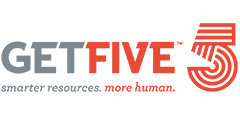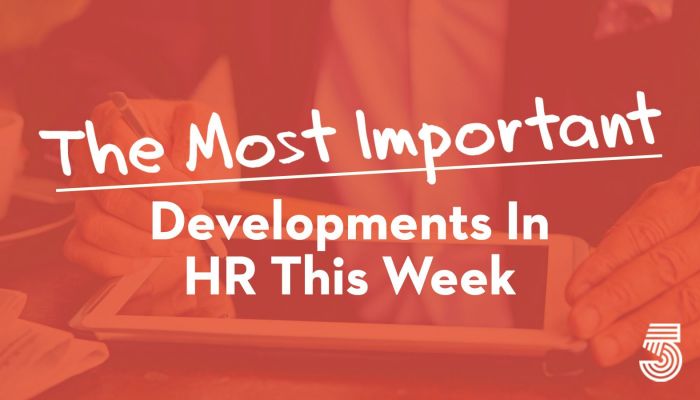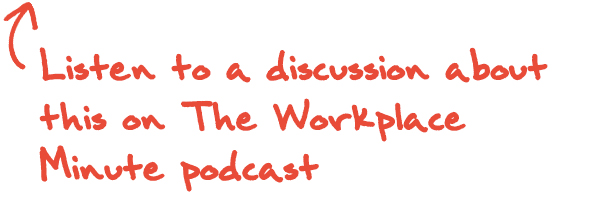The M.I.D., as we call it, is curated by our editorial team from more than 50 news sources. Like a lot of good ideas, this started as something I wanted for myself. If I can’t read everything, I at least want to stay abreast of the most important developments.
This week in HR, the Roe decision reverberated in workplaces, some of which took a stand immediately while others were wary of angering either side, the rising cost of living is behind a search for higher comp, Slack touted the benefits of hiring ex-cons, and McKinsey’s podcast explained why Americans value flexibility.


After the Supreme Court’s ruling on Friday that ended federal abortion rights, several companies released statements reaffirming their commitment to helping employees gain access to health care services they may not be able to obtain in their state. Companies began in May to come out with policies covering travel expenses for employees who need abortions, after a leaked memo from Supreme Court justices previewed their decision on the case, Dobbs v. Jackson Women’s Health Organization. This small group included Starbucks, Tesla, Yelp, Airbnb, Microsoft, Netflix, Patagonia, DoorDash, JPMorgan Chase, Levi Strauss, PayPal, Amazon, and Reddit. Others, including the Walt Disney Company, Meta, Dick’s Sporting Goods, and Condé Nast, joined them on Friday when the decision became final, though most of them avoided making public statements directly referencing the ruling. NYT


Employers are finding themselves navigating a whole new set of challenges and decisions following the reversal of Roe v. Wade last week. As a result of the polarizing decision, organizations are left struggling to decide how to approach the fallout of the reversal: from determining where they stand and deciding if they want to make a public statement, to whether, and how, they will change existing health and benefits coverage and navigate employee privacy. “This is going to be hard for employers, particularly small and midsize employers who may have less control over their health plan specifics,” says Kara Govro, senior legal analyst at Mineral, an HR consulting firm. The biggest immediate issue: deciding what position, if any, to take as a company. While a number of employers have made statements to employees over the past several days and added benefits to help workers continue to access abortions, many others are proceeding with caution and have not said anything, at least yet. “Anything you say can tick off either side,” Govro says. “It’s definitely a rock and a hard place because there is probably going to be backlash no matter what you do.” HR Executive


Aside from, “You’re on mute,” “I quit,” has likely become one of the most popular sayings in the U.S. over the last two years. Indeed, an astounding 4.4 million people quit their jobs in April, and there are 11.4 million jobs waiting to be filled, according to the Bureau of Labor Statistics (BLS). So why are so many workers quitting? Money: Higher wages are among the many reasons that workers quit their jobs today. Many businesses are trying to keep their best workers by raising wages and increasing benefits. Our Q2 CEO Confidence survey (fielded in May of this year) revealed that 68% of U.S. CEOs are increasing wages to manage challenging labor market conditions. Safety: Many people who quit are looking for safer places to work. The majority of quits and job vacancies have come in industries that require interactions with the public and a higher potential to get sick from COVID-19. Flexibility: The jobs with the fewest vacancies and quits are those allowing more flexible work arrangements, including remote work and nontraditional hours. CNN Business
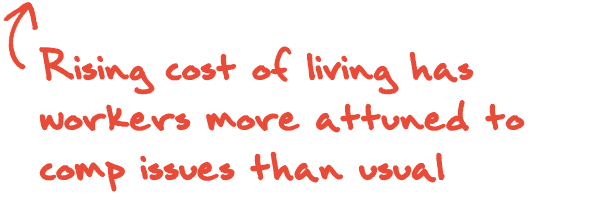
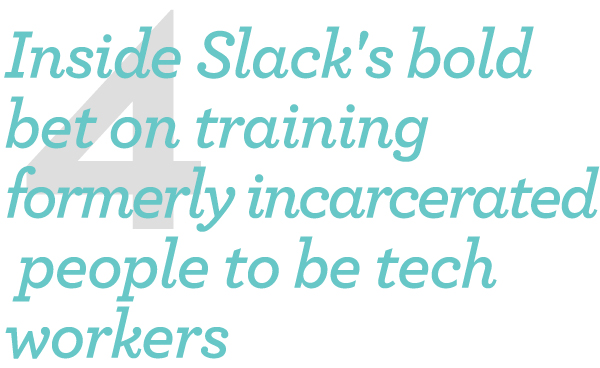
When Jess Bonanno went to her office for the first time last October, at Salesforce’s 41-story high-rise in Midtown Manhattan, the experience was surreal. A year earlier, she had been a housepainter. Before that, in her early 20s, she had been in prison. Now, she’s a software engineer at Slack, the workplace messaging app that was acquired by Salesforce in 2021 in a $27.7 billion deal. [After she was incarcerated] she discovered Next Chapter, a nonprofit incubated at Slack that trains formerly incarcerated people, helping them get tech careers. The program has trained 30 apprentices so far, including Bonanno, who has been promoted twice since she started at Slack less than a year ago. After their apprenticeships, all have been offered full-time jobs at tech companies — not only Slack but also Dropbox, Square, and Zoom. “When you think about reentry programs, they’re not normally high-level jobs or high-paying jobs,” says Deepti Rohatgi, a seven-year veteran of Slack and founder and executive director of Slack for Good, the company’s philanthropic arm. “They’re usually fairly junior — there’s janitorial, there’s gardening, there’s working in a restaurant. So what we do is very different than what we’ve seen other folks do.” Fast Company


The third edition of McKinsey’s American Opportunity Survey provides us with data on how flexible work fits into the lives of a representative cross section of workers in the U.S. The most striking figure to emerge from this research is 58%. That’s the number of Americans who reported having the opportunity to work from home at least one day a week. Thirty-five percent of respondents report having the option to work from home five days a week. What makes these numbers particularly notable is that respondents work in all kinds of jobs, in every part of the country and sector of the economy, including traditionally labeled “blue collar” jobs that might be expected to demand on-site labor as well as “white collar” professions. Another of the survey’s revelations: when people have the chance to work flexibly, 87% of them take it. This dynamic is widespread across demographics, occupations, and geographies. The flexible working world was born of a frenzied reaction to a sudden crisis but has remained as a desirable job feature for millions. This represents a tectonic shift in where, when, and how Americans want to work and are working. McKinsey | Podcast





